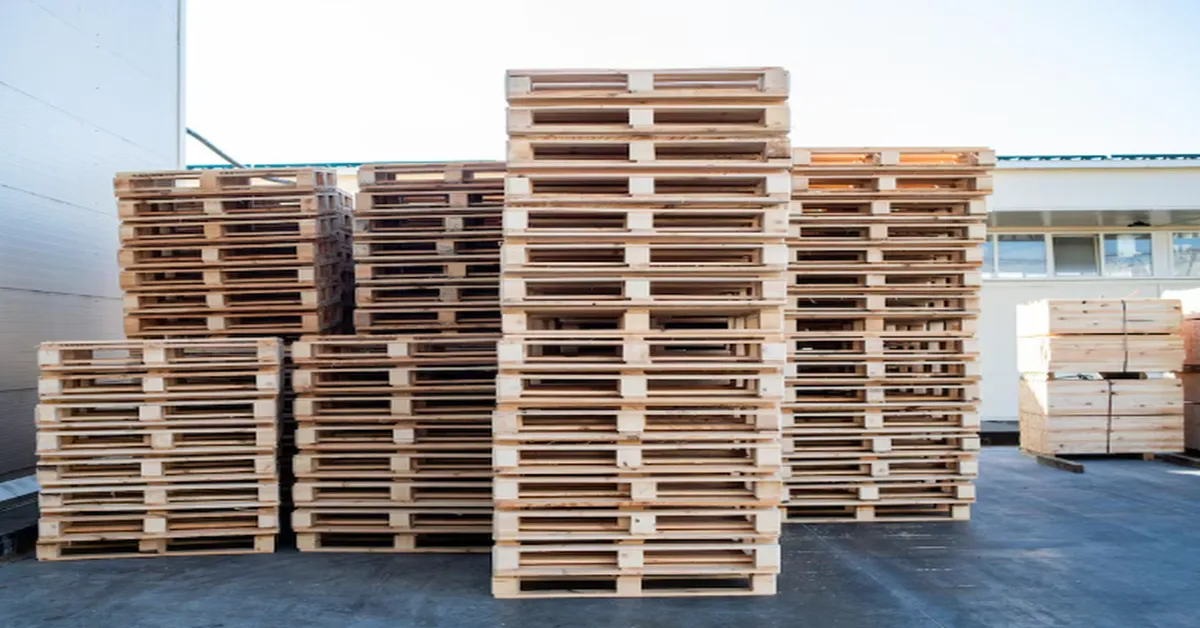In this era of globalisation, world trade has never been so high, and logistics efficiency is paramount. Underpinning efficient supply chain management is a humble yet fundamental instrument — the pallet. Not all pallets are the same, however. Pallets vary in size, material, and quality around the world and across industries. For the purpose of streamlining global logistics and making it cost-saving, such variations need to be understood.
In international trade, it is essential to understand the Global Standard Pallet, because different countries and regions use pallets of different specifications to meet local shipping needs.
What Are Pallets and Why Do Standards Matter?
A pallet is an even transport platform supporting goods securely in position as it is transported by a forklift, pallet jack, or other machine. Pallet dimension and specification standardization is required to fit into the world’s warehouses, containers, and transportation systems.
Without standardization, companies are confronted with problems like incompatibility of loading docks, space wastage in containers, and higher shipping cost. This is the reason why nations and regions had to create their own pallet standards, year by year.
Standard International Pallet Standards
Now let’s consider some of the most well-known international standard pallets:
1. European Pallet (EUR/EPAL Pallet)
- 1200 mm × 800 mm (47.2 in × 31.5 in)
- Used extensively throughout Europe.
- Managed by the European Pallet Association (EPAL).
- Ability to support a load of 1500 kg.
- Renowned for high-quality timber and conformity with ISPM 15 regulations in export.
2. North American Pallet (GMA Pallet)
- Size: 48 in × 40 in (1219 mm × 1016 mm)
- Used mostly in the United States, Canada, and Mexico.
- Managed by the Grocery Manufacturers Association (GMA).
- Typically constructed of wood, plastic, or metal.
- Suitable for retail and food distribution.
3. Australian Standard Pallet
- Size: 1165 mm × 1165 mm (45.9 in × 45.9 in)
- Designed to be compatible with the Australian railway system.
- Not commonly used outside Australia because of its specialized dimensions.
- Used mostly within local trade and warehousing.
4. Asian Pallet (Japanese and Chinese Standards)
- Japanese Pallet (JIS Standard): 1100 mm × 1100 mm
- Chinese Pallet: Standard sizes are 1200 mm × 1000 mm
- Plastic and wooden pallets are used in both locations, depending on the products.
- Increasing in use for use in international trade as a result of China’s emerging export economy.
5. International Organization for Standardization (ISO) Pallets
- There are six ISO pallet sizes accepted, and the most widely used are:
- 1200 mm × 1000 mm
- 1200 mm × 800 mm
- ISO pallets are worldwide accepted and facilitate the overcoming of regional variations.
- Serve as the foundation for what is currently known as the Global Standard Pallet.
Choosing the Right Pallet for Your Business
When selecting a pallet, keep the following in mind:
- Regulations of the destination country
- Commodities to be shipped
- Load weight
- Material pallet is constructed from (wood, plastic, metal)
- Reuse and sustainability objectives
Businesses that seek long-term international growth tend to acquire advantages by employing a Global Standard Pallet as it is a seamless package for international and domestic transport.
Conclusion
Knowledge of the many pallet standards across the globe is essential for any company with international business, each region has its specifications. Exporting to Europe, Asia, or North America does not matter; knowing that the pallet global standards will simplify your processes and maximize cost-effectiveness.
To remain ahead of the curve of today’s global fast-paced market, switch smart to the Global Standard Pallet — logistics for the future.

